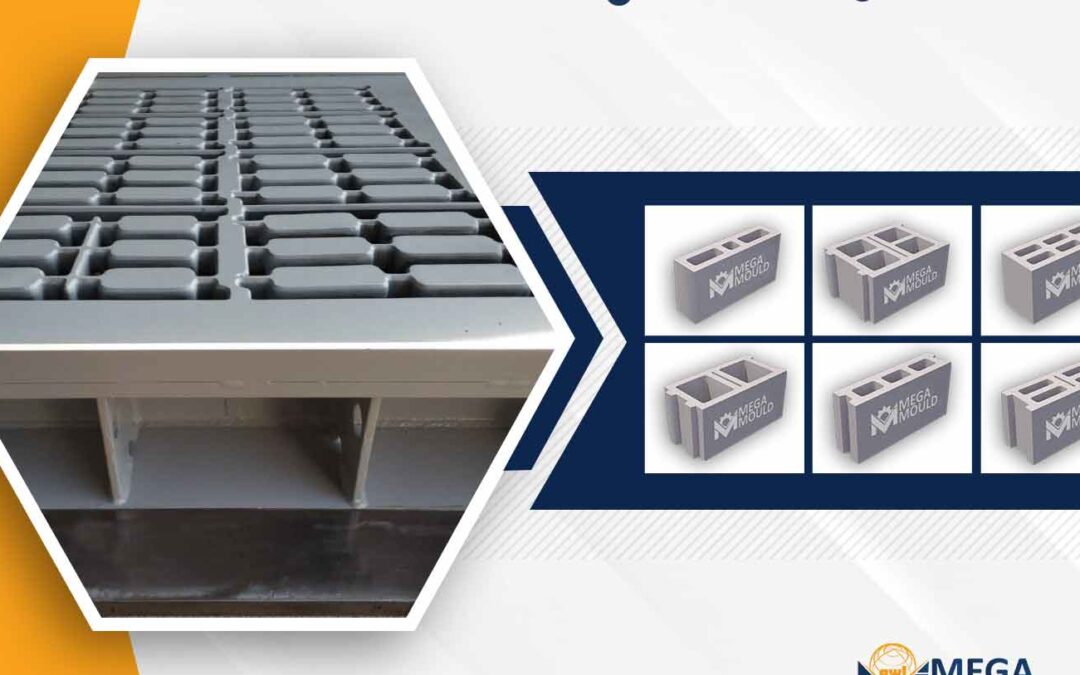In the realm of architectural detailing, the term “brick mould” refers to a feature that not only serves a functional purpose but also adds a distinctive aesthetic touch to buildings. Brick mould is a type of trim or casing used around doors and windows, providing a transition between the window or door frame and the exterior brickwork. In this article, we will explore the significance of brick mould in construction, its various types, and how it contributes to both the structural and visual aspects of a building.
Functional Role of Brick Mould:
The primary function of brick moulds is to serve as a protective and finishing element around doors and windows. It helps to create a seal between the window or door frame and the exterior brickwork, preventing water infiltration, drafts, and other weather-related issues. This protective barrier is crucial for maintaining the integrity of the building envelope and ensuring the longevity of the structure.
Types of Brick Mould:
Brick mould comes in various styles and profiles, allowing for design flexibility to suit different architectural aesthetics. Some common types of brick moulds include:
- Flat Brick Mould: This type features a flat and smooth profile, providing a clean and contemporary look. It is often used in modern and minimalist designs.
- Colonial Brick Mould: Characterized by a more detailed and traditional profile, colonial brick molds add a classic and timeless touch to the exterior of a building. It typically includes a wider casing with subtle decorative elements.
- Brick Mould with Drip Cap: A brick mould with a drip cap includes a small overhang or lip designed to direct water away from the door or window. This feature enhances the water-resistant properties of the mould.
- Brick Mould with Nose: This type has a protruding nose or lip that extends beyond the face of the brick, providing additional protection against the elements and adding depth to the architectural detailing.
Enhancing Architectural Aesthetics:
Beyond its functional role, brick moulds significantly contribute to the overall aesthetics of a building. The choice of brick mould profile can impact the visual appeal and style of the architecture. For example, a flat and minimal mould may suit contemporary designs. While a more ornate mould with intricate details can enhance the charm of traditional or historic buildings. The careful selection of brick moulds allows architects and builders to achieve a cohesive and harmonious exterior appearance.
Material Options:
Brick mould is commonly crafted from wood, PVC (polyvinyl chloride), or composite materials. Wood offers a classic and authentic look, but it requires regular maintenance to prevent deterioration. PVC and composite materials are popular choices due to their durability, resistance to moisture, and minimal maintenance requirements. The selection of material depends on factors such as climate, budget, and the desired aesthetic.
Installation Considerations:
Proper installation of brick moulds is essential to ensure its effectiveness in providing a weather-resistant seal. The installation process typically involves:
- Measurement and Cutting: Accurate measurement of the door or window opening is crucial for a precise fit. The brick moulds are then cut to the appropriate length and angle to fit seamlessly around the frame.
- Securing to Frame: The brick molds are secured to the door or window frame using nails or screws. Careful attention is given to ensure a tight fit and proper alignment.
- Sealing and Caulking: To enhance weather resistance, sealing and caulking are applied around the edges of the brick mould, creating a watertight seal between the mould and the frame.
- Painting or Finishing: Depending on the material used, brick moulds may be painted or finished to match the overall color scheme of the building. This step not only contributes to aesthetics but also provides an additional layer of protection.
Maintenance and Longevity:
The choice of durable materials and proper installation contribute to the longevity of brick moulds. Regular inspection and maintenance, such as repainting or resealing when necessary. Help preserve the mould’s integrity and effectiveness in preventing water infiltration and other issues.
Conclusion:
In conclusion, brick mould plays a dual role in construction by providing a functional seal against the elements and contributing to the visual character of a building. The diverse types and profiles of brick moulds offer architects and builders the flexibility to enhance architectural aesthetics. Whether aiming for a modern, traditional, or transitional design. As an essential element in exterior detailing, brick mould not only protects doors and windows but also adds a finishing touch that elevates the overall appeal and durability of a structure.

